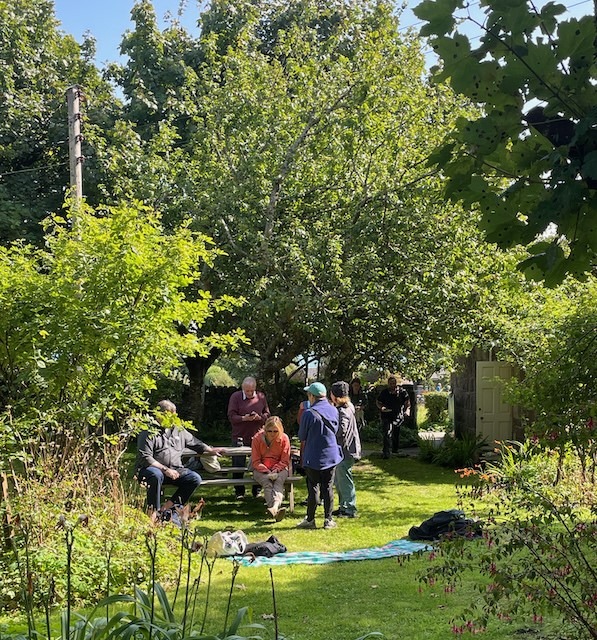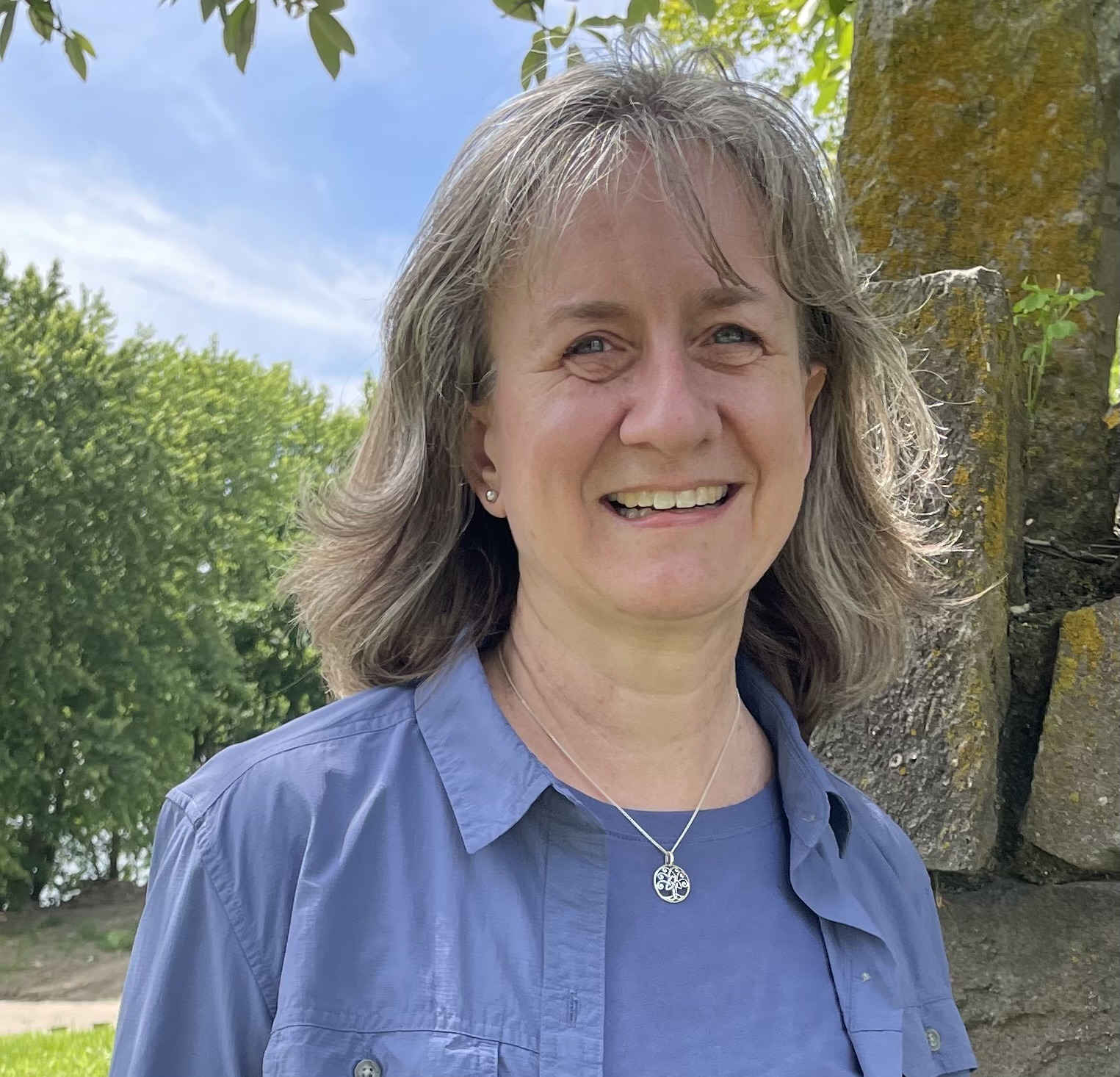
The community you interact with on pilgrimage – both those people traveling with you and those you meet- is a vital part of the experience. Because of a shared focus on arriving at the sacred site and perhaps engaging in ritual practices along the way, people who would never encounter one another outside of this journey find themselves relating deeply. Moreover, as we listen to and interact with these different people and their stories, God slowly reshapes our own story.
I’ve heard from so many people who have walked the Camino de Santiago and, to a person, they mention that conversations they have with strangers who become friends are a transformative part of the pilgrimage for them. Conversations about the place and weather quickly move into more vulnerable topics such as spirituality, fears, and dreams. But in addition to conversations, this community steps in to help one another on their common journey – perhaps with sharing a much-needed snack, retrieving a walking pole that has been left behind, or just being present on a difficult day.
All over media as well as in private conversations, I hear about the loss of and longing for such community in our everyday lives. Author and creator of Black Liturgies, Cole Arthur Riley, describes this longing as a fundamental part of being created in God’s image.
“People talk about God as three distinct people in one. If this is true, it means the whole cosmos is predicated on a diverse and holy community. And if we bear the image of God, that means we bear the image of a multitude. And that to bear the image of God in its fullness, we need each other.” (73)
Following Jesus together. The mission of InterVarsity’s faculty ministry acknowledges that a key part of the Christian walk is community. It is possible to walk through our lives, careers, and even faith relatively alone. Yet, this is not how God created us and that is not how we best flourish.
I wonder what it would look like to step on our campuses and into our neighborhoods more often with a pilgrimage mindset and build community from there. Seeing the people in our departments, our teams, and even those we pass in the halls on a similar journey and laying down some of the barriers we put up that separate us. Then see what God does as we share a bit of life together.
REFLECTION QUESTIONS
Who are one or two people on campus that you would like to reach out to? Find time in the next month to do so – perhaps by stopping by their desk, sending an encouraging email, or inviting them to coffee.
Check out online and in-person community gatherings with InterVarsity Faculty Ministry at https://gfm.intervarsity.org/our-ministries/faculty.
ADDITIONAL RESOURCES
Arthur Riley, Cole. This Here Flesh: Spirituality, Liberation, and the Stories that Make Us, 2023.
In anticipation of the next Via Divina online pilgrimage, The Harmony Way, pilgrimage director Jamie Noyd is sharing six spiritual practices of pilgrims over the next weeks before The Harmony Way begins on October 14. This is the fifth in the series. Visit the landing page for The Harmony Way for more information and to register.
Previous posts in the series:
Pilgrimage Practices (#1): Becoming Aware of our Stories
Pilgrimage Practices (#2): Walking
Pilgrimage Practices (#3): Place
Pilgrimage Practices (#4): Praying

Jamie serves with InterVarsity Graduate and Faculty Ministries as an Associate Director of Faculty Ministry and as interim Director of the Emerging Scholars Network. Among other things, in this work she enjoys the opportunity to put into practice her doctoral research in literary pilgrimage and training in spiritual direction. She also ministers with the local faculty community at the University of Cincinnati.

Leave a Reply